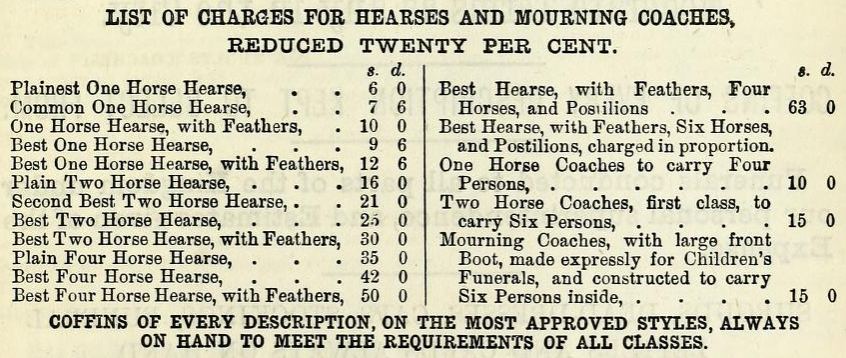The St John and All Saints Church in the town of Easingwold, in North Yorkshire, England, dates to the 13th century, or perhaps even earlier. It’s a typical mediaeval-era English parish church with stone walls and slate roof and large Gothic three-light pointed windows. Inside the church is a 17th century communion table with 'gouty' legs and a curious addition—a coffin.
The oak coffin in question is undeniably old, and dates back to the time when families who were too poor to afford coffins for the dead were offered the service by the church. The dead was placed in the coffin and carried to the gravesite, where the corpse was removed and placed in the grave. The coffin was then returned to the church where it awaited its next customer.

The graveyard behind St John and All Saints Church in Easingwold. Image credit: Michael Livsey/Flickr
According to William Andrews’ book Old Church Lore (1891) many parishes in north-east of England had communal coffins of this kind. There was one at Stockton-on-Tees and another one at Howden in the East Riding of Yorkshire and yet another in St Oswald’s at Durham. It is said that some coffins had hinged floorboards. The coffin was placed over the grave, and the base was opened to literally drop the body into the hole.
Communal coffins were disliked by the poor and in order to avoid the indignity of having to use one, many poor people planned ahead for their own funeral. A lady, who now lies buried at Macclesfield, Cheshire, spent the last twenty years of her life setting aside a small amount from her meager pension of 9 pence per week to be used for her funeral. When she finally kicked the bucket in 1755, aged eighty, she had saved £5 affording her a nice burial with a carved headstone over her grave.
To help poor people, churches, trade unions, and other associations, formed benefit societies called burial clubs, which were like funeral insurance. Members paid a monthly or annual subscription to the club in order to build up a fund from which the club paid for the burial expenses whenever a member died. The subscription amount often depended on the type of funeral desired and age of the person.

Like any modern insurance company, burial clubs also had to deal with insurance fraud. Many parents enrolled their sick child with multiple burial clubs knowing the child would not survive for long, and on the death of the child, collected burial expenses from each of the club. One man was said to have put his child in nineteen clubs. Many people were also accused of murdering their child in order to collect burial insurance.
Some of these clubs contained as many as 5000 people, but without any supervision from locals or the government, many collapsed as a result of financial mismanagement and theft. The Egton Bridge Guild in Eskdale is the only burial club that exist to this day.



Comments
Post a Comment